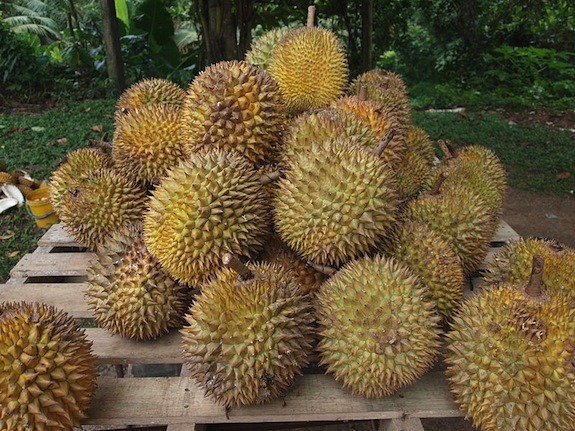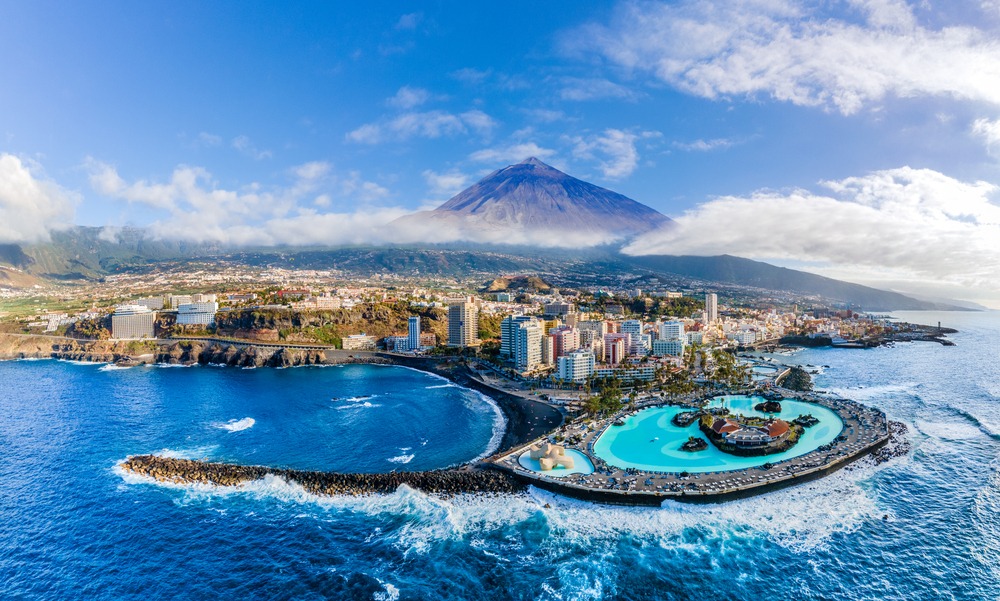Philippine cuisine is borne of both its unique geographical location and its distinctive geography—its place in the heart of Southeast Asia made it an ideal trading port in the pre-colonial times and a strategic military position during the war. An archipelagic country composed of over 7,000 islands divided over 17 regions, the diversity of ingredients and people’s tastes can vary from place to place, and as a result, Philippine cuisine can be difficult to define. However, each region puts forth its own specialty, a dish that defines the area where it was created, as well as the spirit of the people who live there. To best experience this melting pot of cultures, below is a list of must-try regional delicacies that illustrate why you’ll never be bored eating Filipino food:
Kaleskes, from Pangasinan
In the local dialect of Pangasinense, kaleskes means intestine, which should tell you what the main ingredient is in this hearty stew. Made primarily of beef offal and innards, as well as cuts of carabao meat in a hot, sour broth flavored with kamias or bilimbi, it is a dish commonly served with liquor and, appropriately, also often ordered to cure a potent hangover. Find it on Galvan Street in Dagupan City, where kaleskesan—small eateries that usually (but not always) serve the dish exclusively—dot the sidewalks.
Sisig, from Pampanga
Dubbed by renowned chef and television host Anthony Bourdain as “everything I love about food”, sisig is boiled and then grilled chopped pig’s face served on a sizzling hot plate, and it has won the hearts of many a foreigner despite the grisly description on paper. Modern sisig originated in Pampanga, at an eatery called Aling Lucing’s in Angeles City. Lucia Cunanan, the titular Aling Lucing, is credited with its invention—the result of a happy accident as pig parts were left unattended on a grill for too long and were burned to a crisp as a result. Crunchy, salty, sour and spicy, it is best accompanied by an ice-cold beer or two. Or three.
Bulalo, from Batangas
Beef shank simmered for hours creates a deep-tasting broth with a flavor that sticks to one’s lips and lingers long after the final bite. Served with a simple array of vegetables: green beans, cabbage, corn on the cob and potatoes, bulalo is best served piping hot—which is why it is also best enjoyed someplace cool, such as in neighboring Tagaytay during the rainy season, for example. Check into Escala Tagaytay for a relaxing weekend away from the city, and have a bowl of this comforting soup at the nearby Leslie’s Restaurant, an establishment that has perfected the dish and elevated it into an art form.
Inasal, from Bacolod
This is not your mama’s dried-out grilled chicken. Succulent chicken pieces are marinated in a combination of calamondin juice, pepper, coconut vinegar, and annatto and then grilled over meticulously maintained charcoal flames for the juiciest, most tender chicken you’ve ever had in your life. Inasal is so popular in Bacolod that there’s an entire street market dedicated to it and other local dishes. Filipinos love it so much that there are fast food places that mainly serve chicken inasal all over the metro, too.
Lechon, from Cebu
No Filipino feast is complete without lechon, whole young pig on a spit slow-roasted over hot coals. Cebuanos make it best: stuffed with herbs and spices, the exact proportions of which can be well-guarded secrets. Whatever it is they put in there—and often it includes salt, pepper, sprigs of lemongrass and spring onion—it renders the meat with an unbelievable depth of flavor, and the grilling process creates crispy, crackling skin. In other parts of the Philippines, lechon is accompanied by lechon sauce—a liquid condiment made with liver and spices—but not in Cebu. All you’ll need is steamed rice to accompany the pork.
Durian, from Davao
This fruit’s spiny exterior and off-putting aroma (people have likened the smell to everything from old cheese to turpentine) has had many foreigners—and locals—stopping in their tracks. Look past its unfriendly appearance and odor, though, and you’ll find sweet golden flesh with an almost custard-like texture. It is abundant in the city of Davao, where it has been incorporated into all manner of desserts, candy, and even coffee.
The soul of a nation can be found in its food, and Filipinos put a lot of heart into their cooking. A single dish can have many variations, depending on the produce available in the area, what happens to be abundant there, preferred methods of cooking, and personal taste. That being said, Filipino delicacies will always be served with a smile, anywhere you go.
Feature photo by smithsonianmag.com



